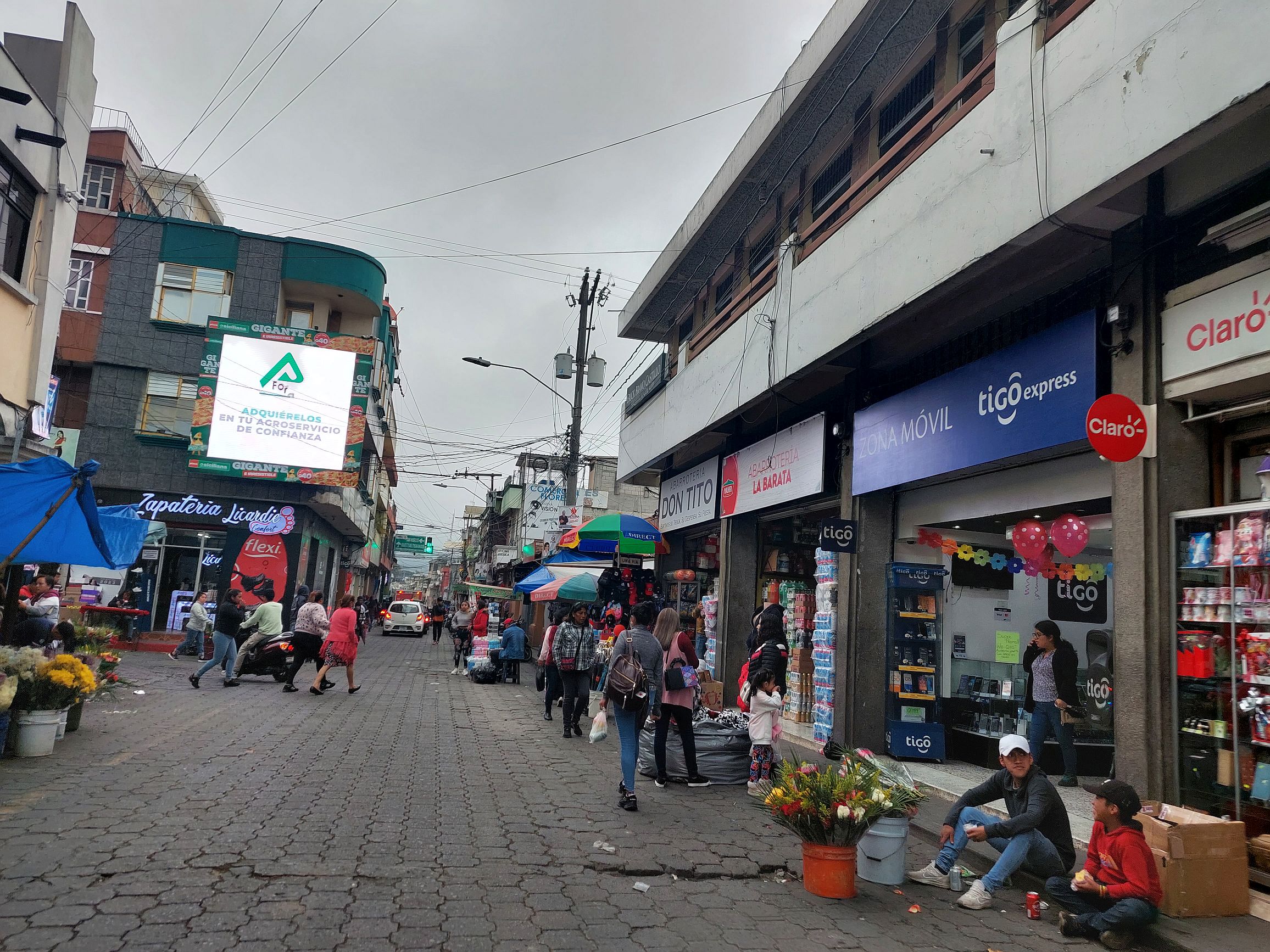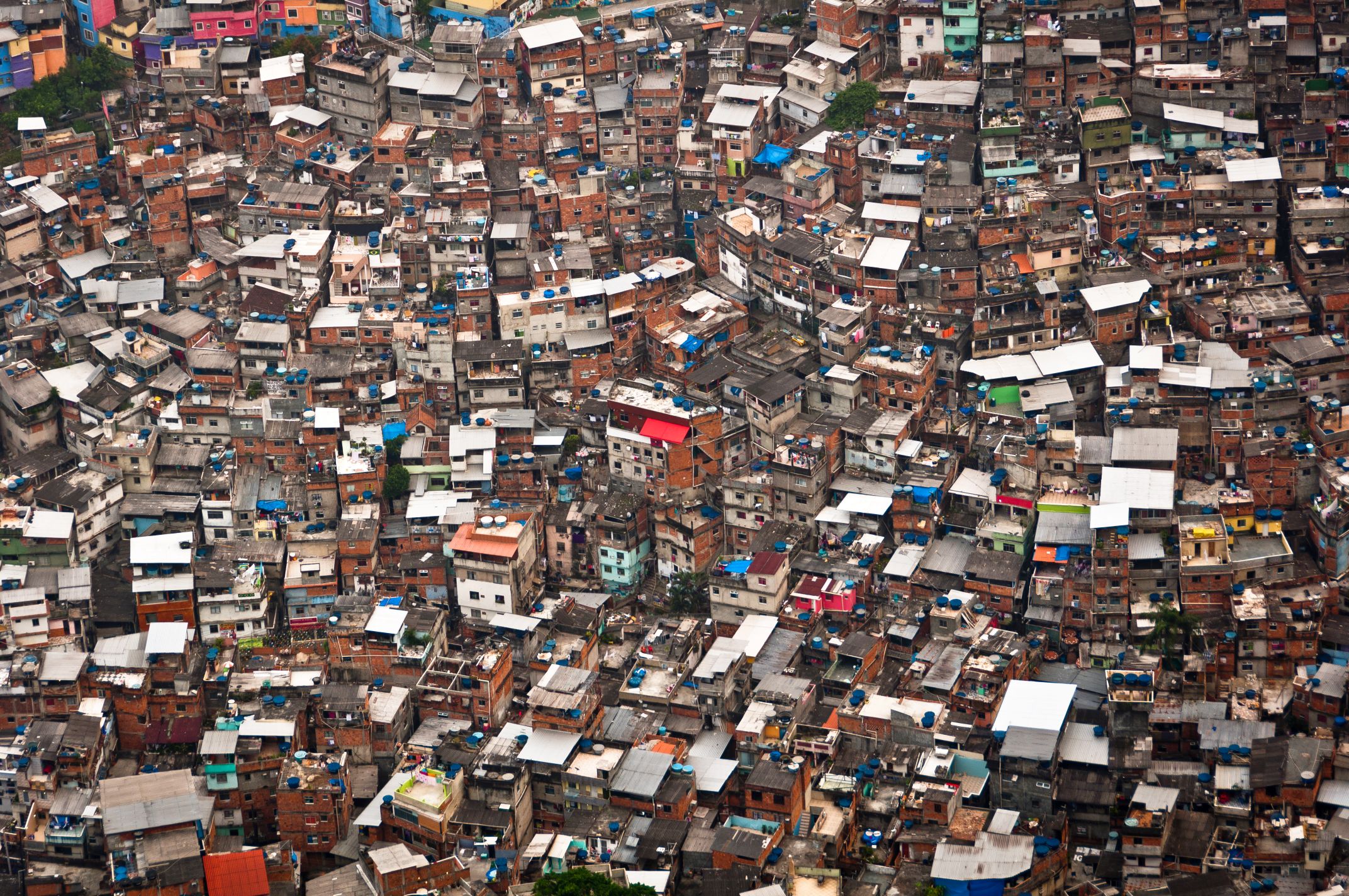This piece was originally published by Urbanet.
By Aníbal Gaviria Correa, Former President of Cities Alliance Assembly
In the Department of Antioquia in Colombia, an unprecedented strategic plan has the potential to transform the reality of the department completely. The new territorial development model Medulla is already considered an ambitious but necessary commitment for the future of Antioquia.
To make this happen, Antioquia has consolidated leadership in territorial planning in Colombia to promote projects that focus on the integral development of the territory. In practice, this means, the department has developed this long-term strategic plan with the participation of more than 109,000 people in an unprecedented, diverse, and inclusive dialogue with all sectors and actors of society. This unique exercise based on an agreed collective vision involves a programmatic agenda to set the course of action on the time horizon, a monitoring system for compliance with the Megas – a system of targets and indicators that measure compliance with the 2040 Agenda – set out in the Antioquia 2040 Agenda, and a territorial development model.
A New Territorial Development Model Aiming to Close Inequality Gaps
Interestingly, the plan leaves the great metropolises aside and focuses on the regions. This means that the priority of planning is development-oriented to protecting life within the region in all its forms. As a result, the Antioquia 2040 Agenda proposes a territorial development model involving three planned areas that aim to include the comprehensive potential of Antioquia and its people. The three areas are known as Medulla the Long City of Four Hearts, the Biodiverse Pacific Antioquia and the North Caribbean Antioquia.
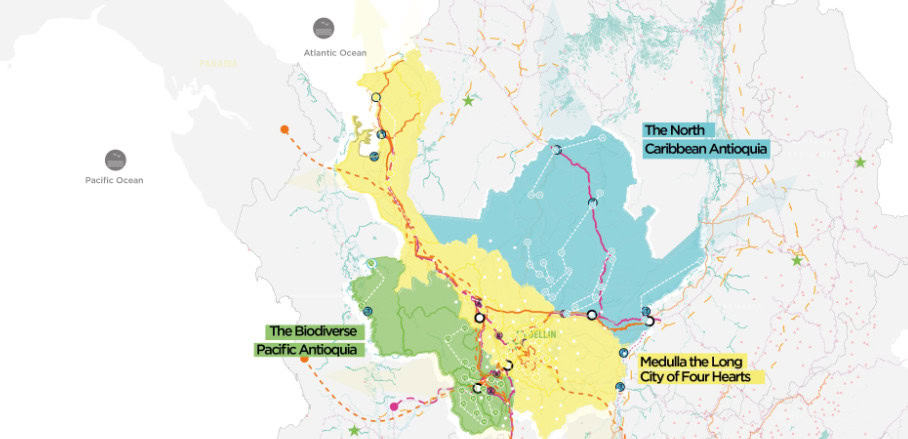
The guiding lines proposed for the physical and social development of the territory are based on actions that aim to close inequity gaps and consolidate a territorial system that responds to the demands of Antioquian society.
The heart of this territorial system constitutes Medulla, which is also described as the long city of four hearts: the East, Aburra Valley, the West and the Uraba subregions, which are home to 82 per cent of the department’s population.
The plan proposes a system of intermediate cities that are connected not only by technology and a road system but also through institutions, access to basic services, infrastructure megaprojects, and synergies with private companies. This requires a government that understands and is sensitive to the needs of its citizens, that is willing to listen to the voices of all territories and seize the opportunity to leave behind the centralised model of governance.
Connecting Cores Means Connecting Vocations
As part of the plan, this new macro-region develops transversally and connects Antioquia with its territorial development nodes, with Colombia, and with the world. Along four of the nine subregions of the department, Medulla covers 250 linear kilometres of biodiversity. The area of Medulla comprises the plateau of the San Nicolas Valley at 2,000 meters above sea level, subsequently descends through the Aburra Valley at 1,500 meters and continues through the valley of the Cauca River in the municipality of Santa Fe de Antioquia at 500 meters to finally reach the sea of Antioquia in Uraba. These regions are characterised by extensive urban, economic, and functional development as well as by a concentration of population, landscapes, weather, and economic activities.
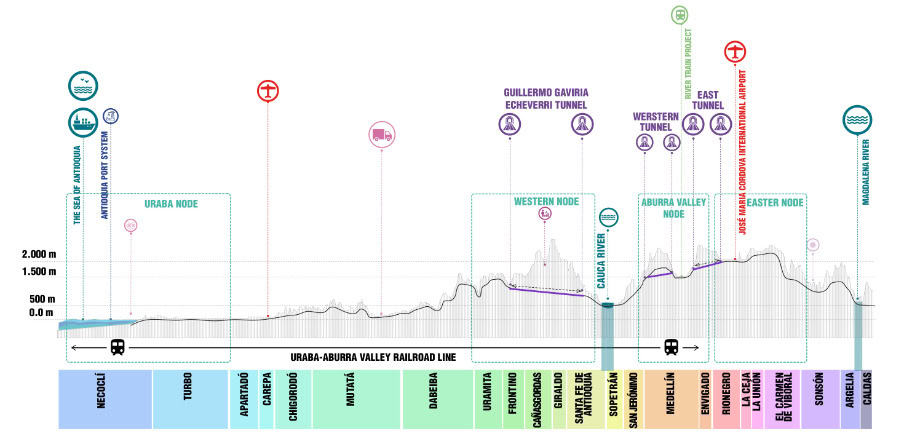
In order to connect this wide territory, Antioquian engineers developed roads, bridges, and tunnels that cross and surround the department’s mountains. One of the most important megaprojects is the Guillermo Gaviria Echeverri tunnel. The longest tunnel in America reduces travel times between Medellín and the sea of Antioquia by up to 25 per cent and contributes to the social and economic development of the municipalities in the project’s area of influence.
Moving Towards More Equitable Territorial Development
In addition, connecting the four cores also involves connecting their vocations: Uraba’s commitment to competitiveness around the sea and its biodiversity, the West as the tourist heart of Antioquia, Aburra Valley’s major infrastructures and constant innovation, and the East’s engagement with agriculture and the availability of natural resources. All of the connected, accessible, and sustainable territory has been designed to promote interaction and the flow of people, goods, and services in an efficient, equitable, and environmentally friendly manner.
Undoubtedly, the development of Medulla not only requires significant investment in the medium and long term but also a cultural change that promotes cooperation between the different regions of Antioquia.
Hopefully, moving towards a more equitable territorial development in Antioquia will result in a reduction of inequalities between the different regions of the department, increase opportunities for people living in rural and remote areas and strengthen local economies.
What is already certain: Medulla constitutes a unique proposal in Latin America, that highlights the geographic and biodiverse power of the department and focuses on rural and urban planning to promote sustainable and balanced usage of the region.
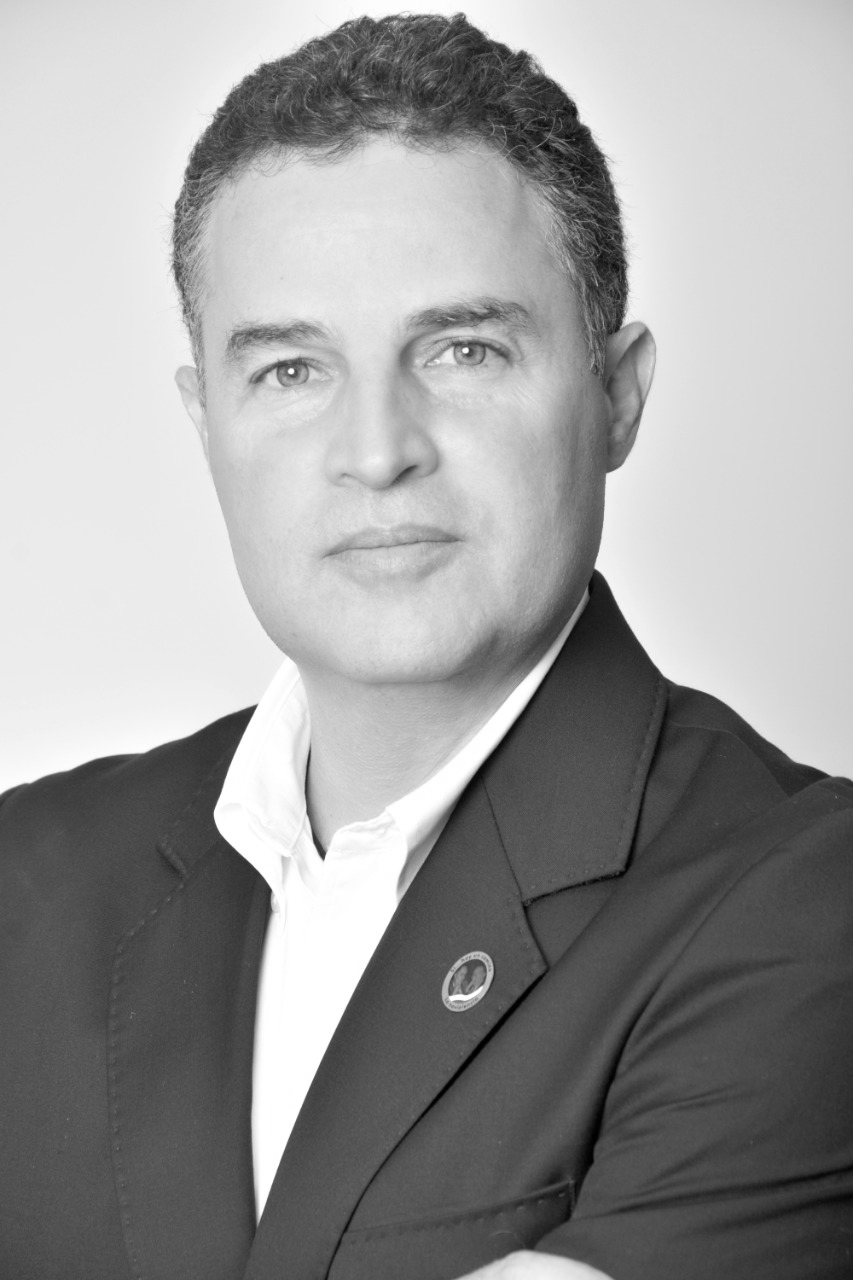
Aníbal Gaviria Correa



